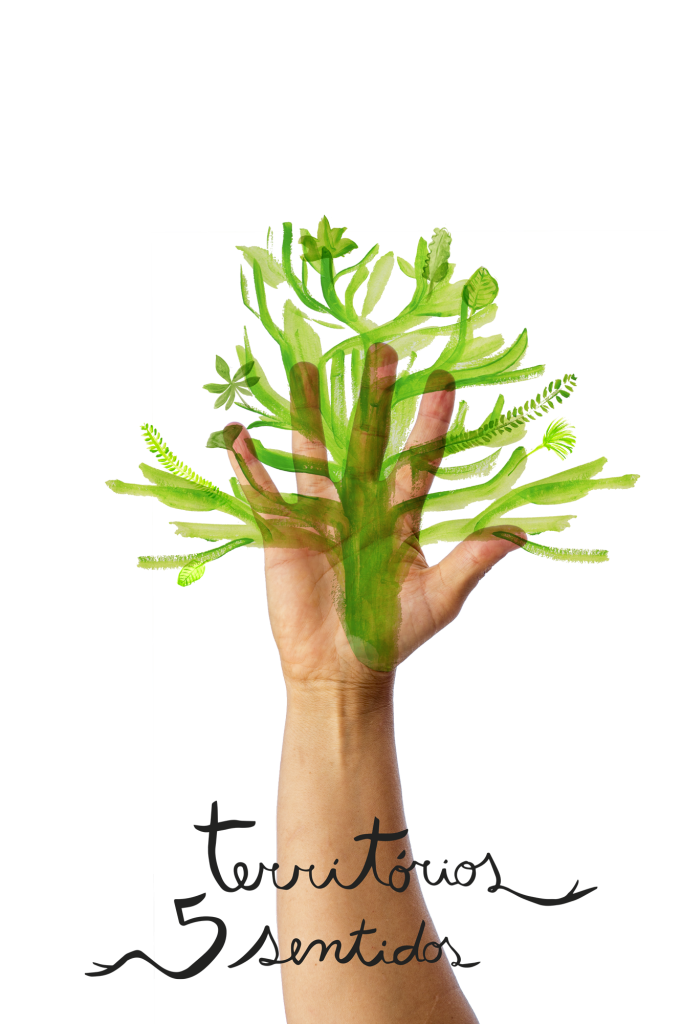

Magnolia Tree
Magnolia officinalis ou M x soulangeana ou M. liliflora
The Magnolia has around thirty species.
It blooms in winter when the branches of the tree are covered with abundant, large flowers before its leaves appear. Its perfume is less intense than that of the evergreen M-Grandiflora.
In the evolutionary history of plants, the magnolia was the first tree to ever blossom. The M. grandiflora produces huge, highly fragrant flowers with a wealth of pollen. Its seeds are protected by a small pine cone that opens when the time is right and drops little red seeds that birds love to eat. The process of transition through the digestive tract of birds is crucial for them to germinate.
The flowers can be eaten pickled. they can also be used dehydrated as a spice and as a sweet-tasting condiment with spicy undertones.
In traditional Chinese medicine, the bark and the flower of this tree are used to treat digestive problems, asthma, and depression. Its bark is used to help lower the fever. It is also a stimulant tonic and is used in some countries in the treatment of malaria and rheumatism. An herbal beverage made from a decoction of the bark used externally as a rinse or as a compress soothes pimples and itches caused by heat as well as disinfecting wounds.
Extracts taken from its leaves help to lower blood pressure.
The M. Grandiflora flowers are used in both the cosmetics and perfumery industry.
Its wood is hard, resistant, and white. it turns brown when exposed to air and is used to manufacture baskets, cradles, and other pieces of furniture.
The Magnolia genre is eponymously named after Pierre Magnol, a botanist, who was director of the Montpellier Botanical Garden, the oldest in France. The first identified species of this kind was the magnolia virginiana, found by missionaries who had been sent to North America in the 1680s. In the 18th century the species magnolia grandiflora was identified. It is today the best-known species of the kind as it is extensively used as an ornamental tree in subtropical and temperate regions. Magnolia x soulangeana is a hybrid resulting from the crossing of magnolia liliflora and magnolia denudata. Both native to China and Japan, these species were brought in the late 18th century to London’s botanical garden, Kew Gardens. A century later they were taken to France, where Etienne Soulange-Bodin, horticulturist and founder of the Royal Horticultural Institute of Fromont, near Paris, crossed the two species which resulted in this new species named after him as was common at the time.
Video
Video Botanical Trail
Município de Castanheira de Pera
Magnolia Tree





